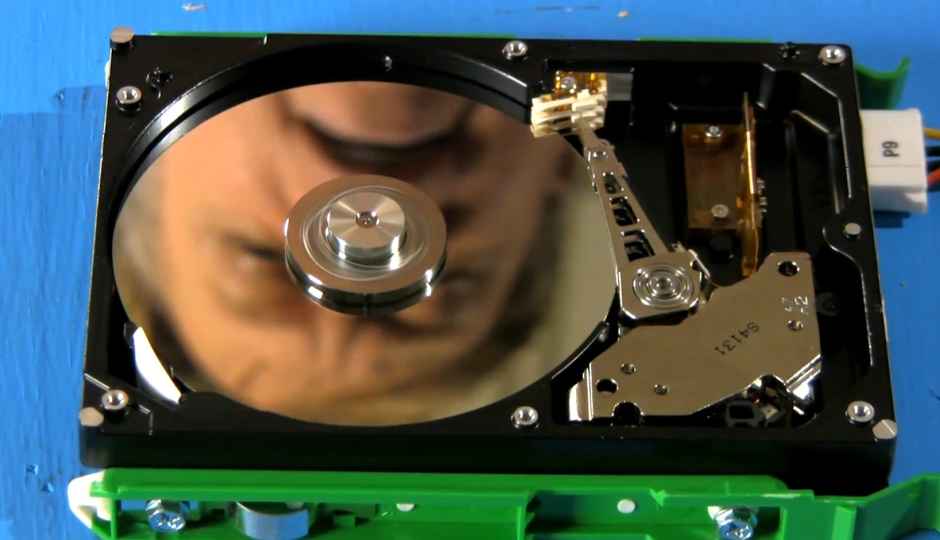New technique that may help develop smaller, more efficient hard drives

Scientists have successfully developed a new technique to study the interface between materials.
A team of scientists, led by Assistant Professor Andrivo Rusydi from the National University of Singapore, has come up with a new technique to study the interface between materials, allowing them to further develop improved solar cells, superconductors and even smaller hard drives.
Further understanding of materials interfacing will help scientists modify the properties of different materials with greater ease. “If you put two materials together, you can create completely new properties. For instance, two non-conducting, non-magnetic insulators can become conducting and in some cases ferromagnetic and superconducting at their interface. The problem is that we do not fully understand what is happening at the interface yet,” says Rusdi.
To understand the physics of condensed matter, researchers are studying the interface between strontium titanate and lanthanum aluminate, insulators that act as conductors at their interface. During the study, scientists found a substantial amount of the charge carriers were missing.
“For this interface, a theory predicts that the conductivity should be tenfold higher than what is observed. So, 90 per cent of the charge carriers – the electrons – are missing,” adds Rusydi.
Scientists used high-energy reflectivity coupled with spectroscopic ellipsometry to search the missing charge carriers. They deployed bright synchrotron radiation source at the Singapore Synchrotron Light Source at NUS and Deutsches Elektronen-Synchrotron and floodlighted the interface of the two materials.
“Absorption of synchrotron radiation at specific wavelengths showed that the energy state of the corresponding electrons and unveiled their hiding place in the crystal lattice. It was found that only about 10 per cent of the expected electrons are free to migrate to the interface of the two materials to form a conduction band. The remaining 90 per cent are bound in the molecular lattice at higher energy states that were not visible to light sources used in earlier searches,” says the study.
“This came as a surprise,” said Asst Prof Rusydi. “But it also explains why more than just one layer is necessary to fully unfold the interface properties.”
He further elaborated, “All the electrons in the material are like small antenna that respond to electromagnetic radiation at different wavelengths, depending on their energy state. If only a part of the electrons migrate to the interface, you need a bigger volume to compensate for the symmetry breaking.”
The study was published in the journal Nature Communication.
Source: Sciencedaily

